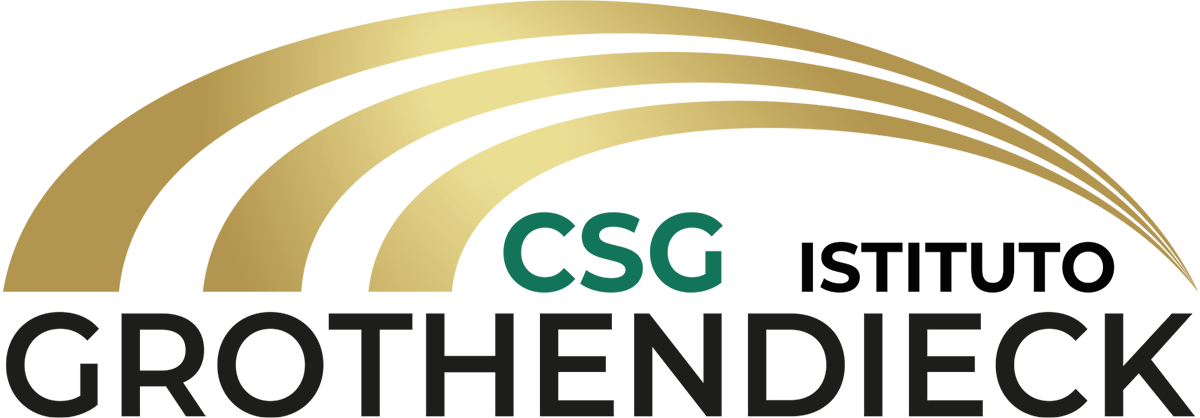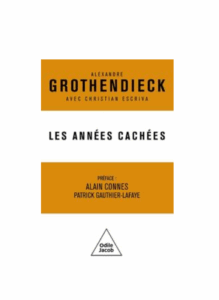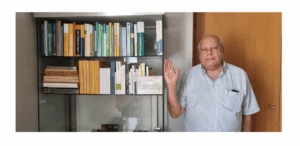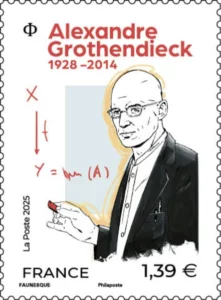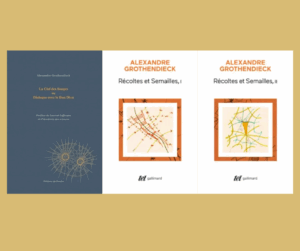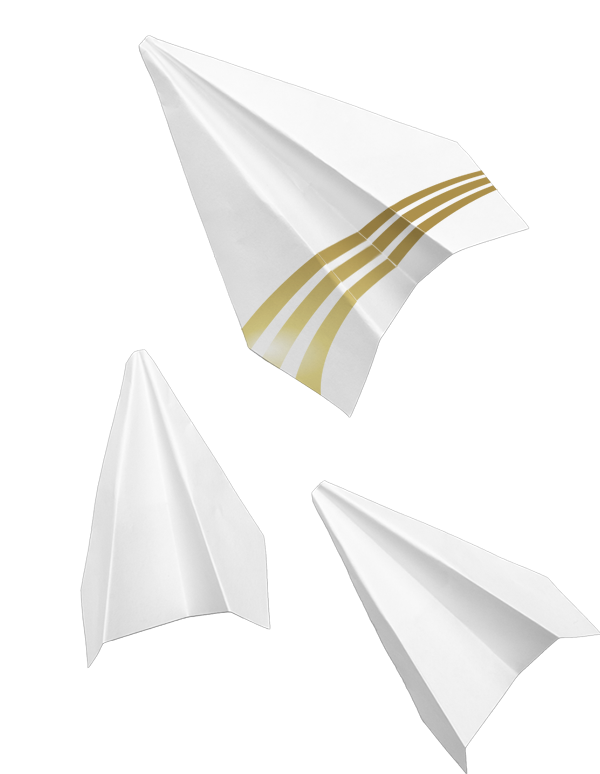When Grothendieck famously shifted his interests to “Geometry” in 1955, he began working on the foundations of Homological Algebra. One of his main results of this time was that, given a category of sheaves, a notion of cohomology results. In 1958, when he had already moved to Algebraic geometry, he discovered a more general version of sheaves, enabling him to define the notion of Étale cohomology of Schemes. The idea was to develop the formalism of a “Weil cohomology” of schemes and based on that, deducing the Weil’s conjectures on the L-functions of non-singular projective varieties over a finite field. However, at that moment he was concentrating his efforts on other endeavors. It was later that under the collaboration with Michael Artin that in the fall of 1963, they ran (along with collaborators) the seminar ”Cohomologie étale des schémas”. Moreover, since the year when this oral seminar was developed, the importance of the language of Grothendieck topologies and topos in algebraic geometry increased rapidly. New techniques as well as the development of new cohomology theories summed up the necessity of providing a convenient framework suitable for expressing the “geometric” content available in a unified fashion. They revisited the edition, reworked entire sections, and finally changed the title to “Théorie des topos et cohomologie étale des schémas” and a second edition was ready in 1969 and published in 1972.
Grothendieck not only held the notion of topos in high regard, but he also considered the work in which he developed the foundations of the theory in a highly special place. As stated in Récoltes et Semailles:
L’ensemble des deux séminaires consécutifs SGA 4 et SGA 5 (qui pour moi sont comme un seul « séminaire ») développe à partir du néant, à la fois le puissant instrument de synthèse et de découverte que représente le langage des topos, et l’outil parfaitement au point, d’une efficacité parfaite, qu’est la cohomologie étale – mieux comprise dans ses propriétés formelles essentielles, dès ce moment, que ne l’était même la théorie cohomologique des espaces ordinaires.
Cet ensemble représente la contribution la plus profonde et la plus novatrice que j’aie apportée en mathématiques, au niveau d’un travail entièrement mené à terme. En même temps et sans vouloir l’être, alors qu’à chaque moment tout se déroule avec le naturel des choses évidentes, ce travail représente le « tour de force » technique le plus vaste que j’aie accompli dans mon œuvre de mathématicien. Ces deux séminaires sont pour moi indissolublement liés. Ils représentent, dans leur unité, à la fois la vision, et l’outil – les topos, et un formalisme complet de la cohomologie étale.
Additionally, in those years it became increasingly evident that this language would also prove useful to algebraists and topologists in general, and that a new “Topology” was possible. Later, he was able to express its position in the unity he had foreseen in his work, with the words (see Récoltes et Semailles):
Parmi ces thèmes, le plus vaste par sa portée me paraît être celui des topos, qui fournit l’idée d’une synthèse de la géométrie algébrique, de la topologie et de l’arithmétique.
In the context of the importance the notion of topos has in Grothendieck’s scientific heritage, the CSG is pleased to announce that the CTTA (Centre for Topos Theory and its Applications) is organizing, from September 3 to 11, “Toposes in Mondovì (2024),” the fourth edition of the international school and conference on topos theory. Following the previous editions—“Topos à l’IHES” (2015), “Toposes in Como” (2018), and “Toposes Online” (2021)—this event will take place in Mondovì, Italy. The main objective of this conference series is to celebrate the unifying power and interdisciplinary applications of topos and to encourage further developments in this spirit, by promoting exchanges between researchers from different branches of mathematics who use topos in their work and by training a new generation of expert scholars. At the CSG, we trust this conference will favor the extension of Grothendieck’s influence and dissemination of his heritage.
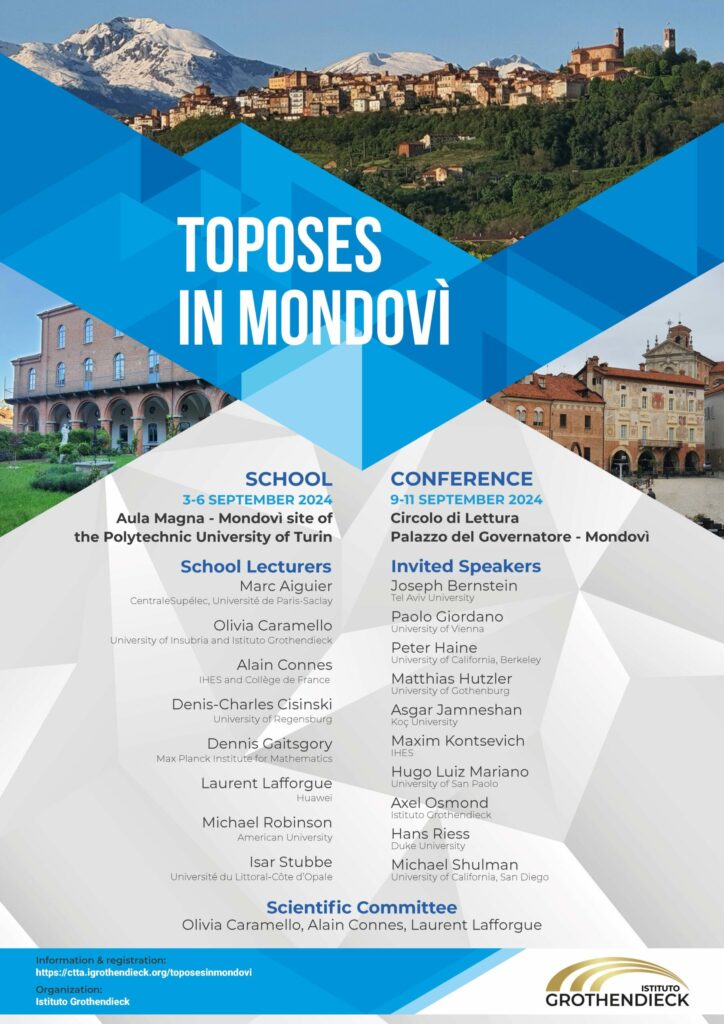
The format of the event is similar to that of the other three editions: it will begin with a 4-day school, which will offer introductory courses for students and mathematicians who are not yet familiar with topos theory, and will continue with a 3-day conference with invited talks on the subject by internationally renowned experts and short presentations by young scholars whose contributions will be selected by the conference Scientific Committee.
Fields Medalists Alain Connes, Laurent Lafforgue, and Maxim Kontsevich, who sit in on the Scientific Council of the Grothendieck Institute, will also participate in the event, giving courses and lectures.
For more information and registration, visit the event website.
